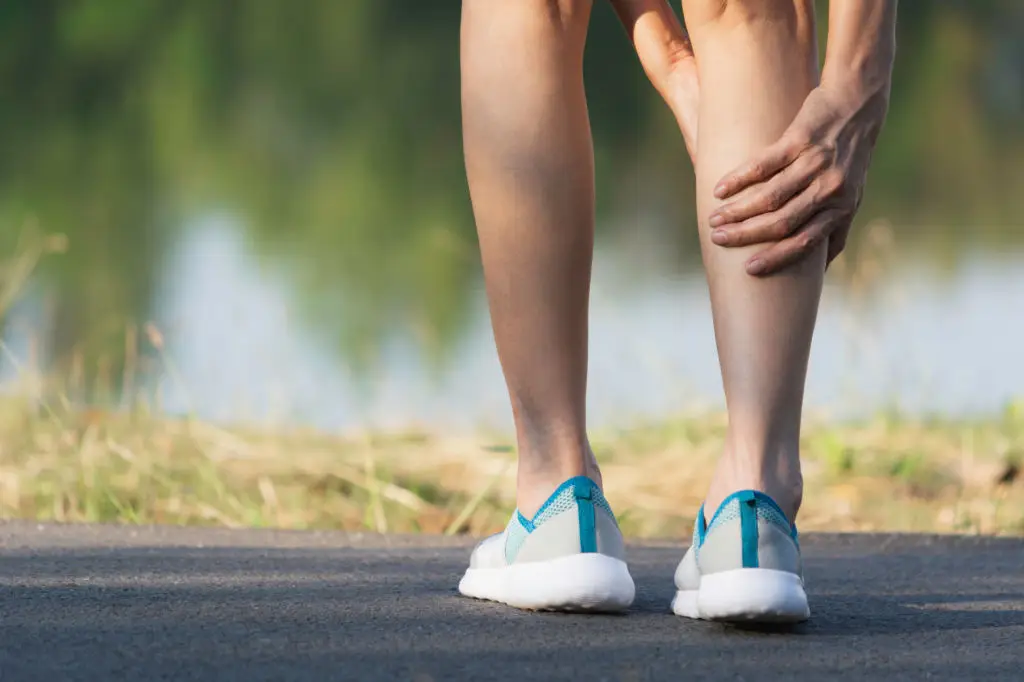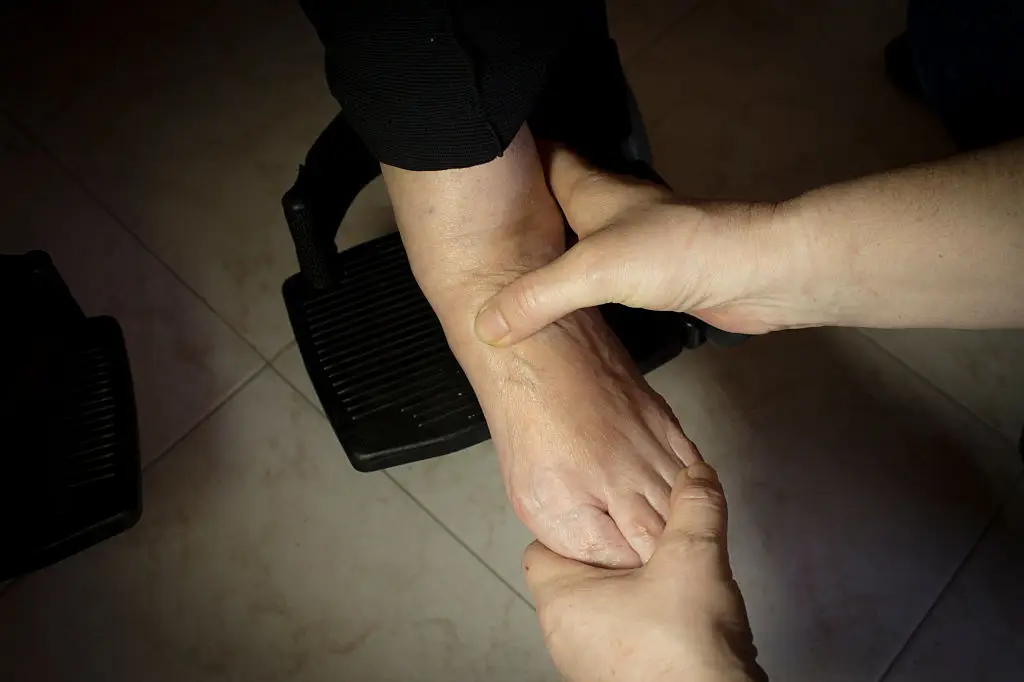11 Subtle Clues You Can Spot to Catch PVD Before It Progresses
It's easy to overlook the gentle ways our bodies try to communicate that something needs a bit more care. Peripheral Vascular Disease (PVD) rarely makes itself known with loud alarms, especially in the early stages. Instead, it tends to whisper—nudging us with changes that feel easy to brush off or blame on busy days, growing older, or even just the weather. But here’s some good news: the sooner we tune in to these subtle signals, the more opportunities we have to support our circulation and overall well-being. Imagine each clue as a friendly tap on the shoulder, encouraging you to slow down just long enough to listen and respond with small acts of self-care. Every body has its own way of signaling when something’s up, and learning these particular hints doesn’t mean you need to worry—it means you’re becoming your own best advocate. In this guide, you’ll find 11 gentle yet important clues that could help catch PVD before it has a chance to progress. With a little knowledge, a dose of curiosity, and zero pressure to be perfect, you can take practical steps that fit your life—honoring your wisdom and nurturing vibrant health at every age.
1. Unexplained Leg Pain or Discomfort

One of the first and most common signs of PVD is a certain kind of leg pain that doesn’t always feel serious—at least not at first. You might notice an ache, tightness, or even cramping in your calves or thighs when walking, especially if you’re heading uphill or carrying groceries. This sort of discomfort usually fades away once you’ve rested for a little while. Why does this happen? As blood flow becomes restricted due to narrowed vessels, muscles get less oxygen during movement, which can cause them to protest gently—like a polite nudge asking for a break. The technical term is intermittent claudication, but you don’t need to memorize it; just remember that legs feeling unusually tired or achy with activity, but relieved by rest, is a pattern worth noticing. It’s not about pushing through or ignoring discomfort—it’s about paying attention and giving your body credit for trying to get your attention in a subtle way. If you start to see this pattern popping up with regular walks or chores, talking with your provider can help you find answers—and keep you moving with comfort and confidence.
2. Skin Color Changes on the Legs and Feet

Taking a look at your legs and feet every once in a while can reveal important clues. Have you ever noticed that the skin on your feet or lower legs sometimes looks paler than usual, or takes on a bluish or reddish tint? These color changes might come and go, or they might show up just on one side or in patches. PVD can slow the flow of oxygen-rich blood to these areas, causing the skin to lose its healthy pink glow. Sometimes the change is so gradual you could miss it, but comparing both legs side by side or noting spots that stand out can help. While temperatures and lighting can sometimes play tricks on our eyes, persistent or repeated color changes—especially if one foot looks different from the other—are gentle reminders to check in with your care team. Think of spotting these shifts as another way of caring for yourself, not a reason to worry. It’s about responding with curiosity and kindness rather than concern, trusting your body’s signals that it’s time for a bit more attention.
